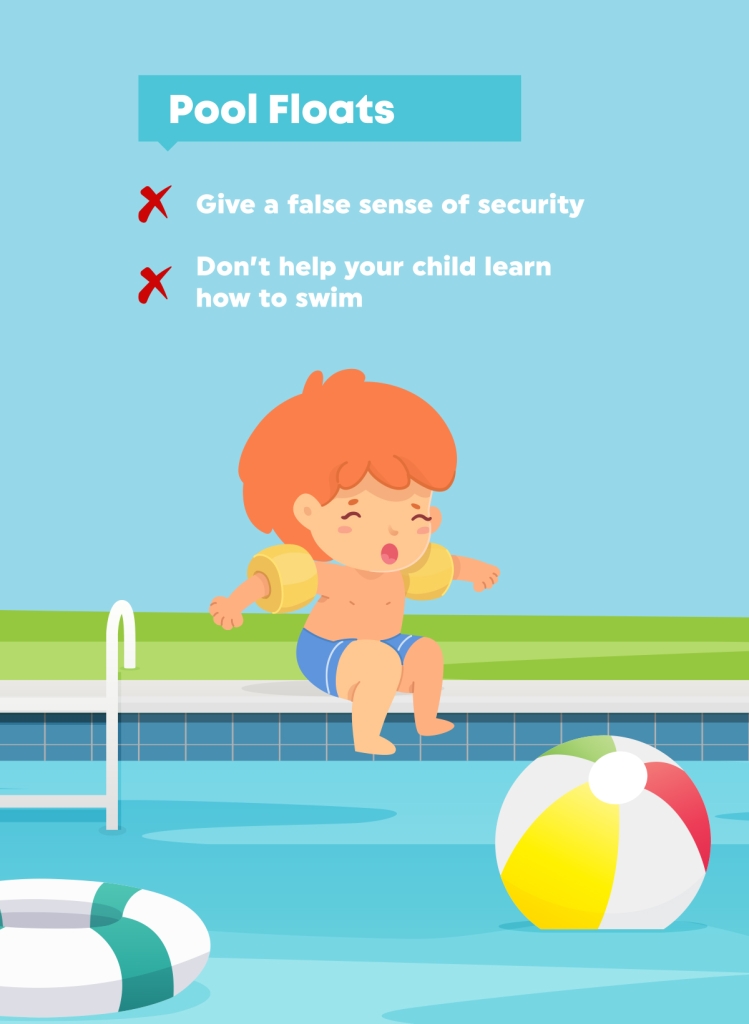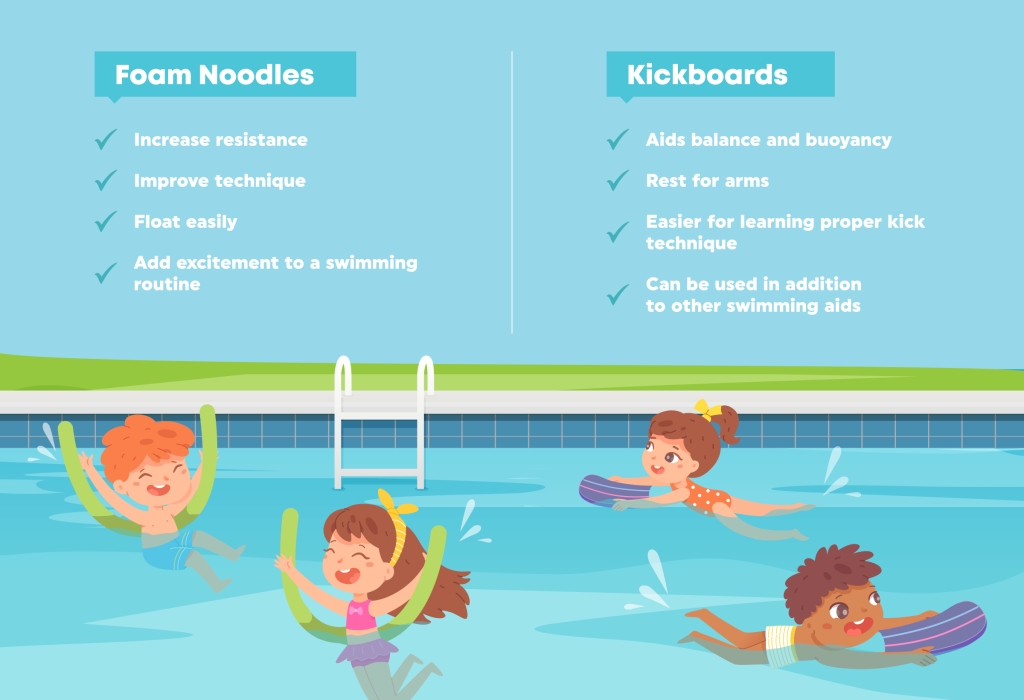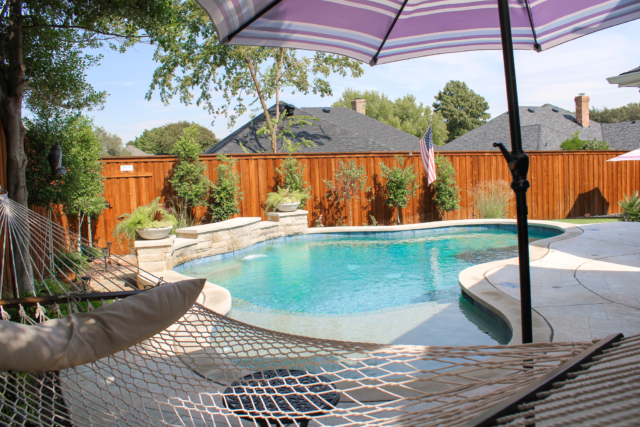Pool Floats: Are They Safe?
When you have a swimming pool in your backyard, you naturally want your kids to be able to enjoy it to its fullest – and to do that, they need to be able to swim.
If you want to encourage young children into the water, they need to feel safe, and one way many parents do that is by equipping them with water wings or floats. These are flotation devices that can come in a number of forms, such as armbands and rings, but which all enable the child using them to float in the water.
However, it is becoming increasingly apparent that pool floats are not as good an idea as you might at first think and are dangeous. This article will examine why floats could actually be dangerous for your child, together with alternative suggestions from the experts.
Reasons floats are not a good idea

They give a false sense of security
Once their child is wearing their water wings, some parents think that they are now safe and can be left to get on with it. But what if they slip off or develop a puncture? If you’re not there to keep an eye on them, your child could quickly get into serious trouble. Meanwhile, the water wings may not help if your child rolls onto his or her stomach – they may even stop them from being able to right themselves and take in some air.
Quite simply, even if your child is wearing floats, you shouldn’t drop your guard for a second.
But water wings don’t just give parents a false sense of security – they might also lead the child to think that the way they are being unnaturally supported is what happens when they are in the water. That could leave them ill-prepared for the reality of being in the water unsupported.
They don’t help your child learn to swim
Most importantly, water wings and floaties are of no use when it comes to enabling children to swim or survive in the water unaided. They tend to put them in a vertical rather than the horizontal position that you need to swim, while also keeping their heads out of the water. To get them ready to be independent in the water, children need to get used to both getting their heads wet and floating on their front and back (the latter being the least tiring position should you need to wait for help in an emergency). They also need to learn how to bring themselves to the surface should they be submerged.
What safe alternatives to floats are there?
When looking for alternatives to inflatable plastics like floaties and water wings, you should be keeping an eye out for personal flotation devices that are made from foam and that have been approved by the United States Coast Guard.

Things like foam noodles and kickboards work by improving buoyancy, balance, and body position in the water, allowing children to gain confidence in the water in a way that will prove beneficial when the time comes for them to cast the swimming aids aside.
Here at Pulliam Pools, we’re one of the oldest pool builders in America and we’re committed to doing all we can to ensure that all users of our pools are safe in and around the water. Our weekly pool maintenance service will ensure that your swimming pool is safe, clean, and that your water is free of pollutants.
Contact us now to find out more or to discuss your pool requirements with one of our expert advisors.




